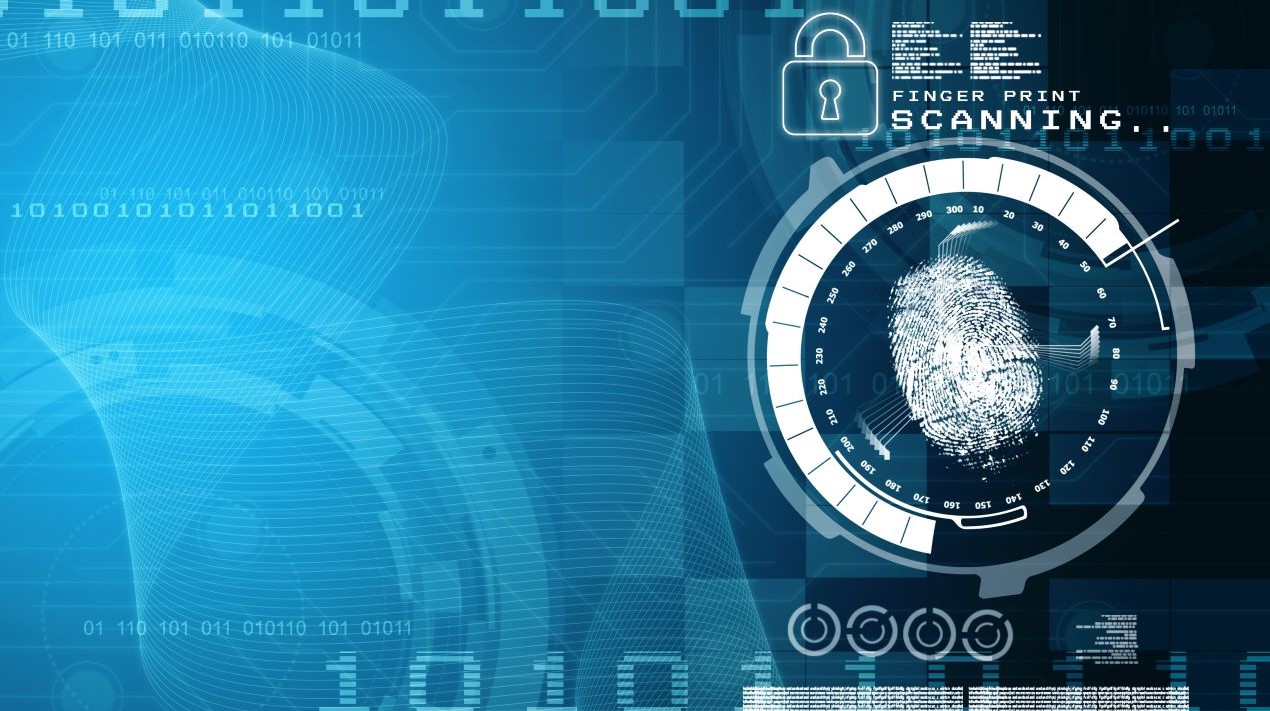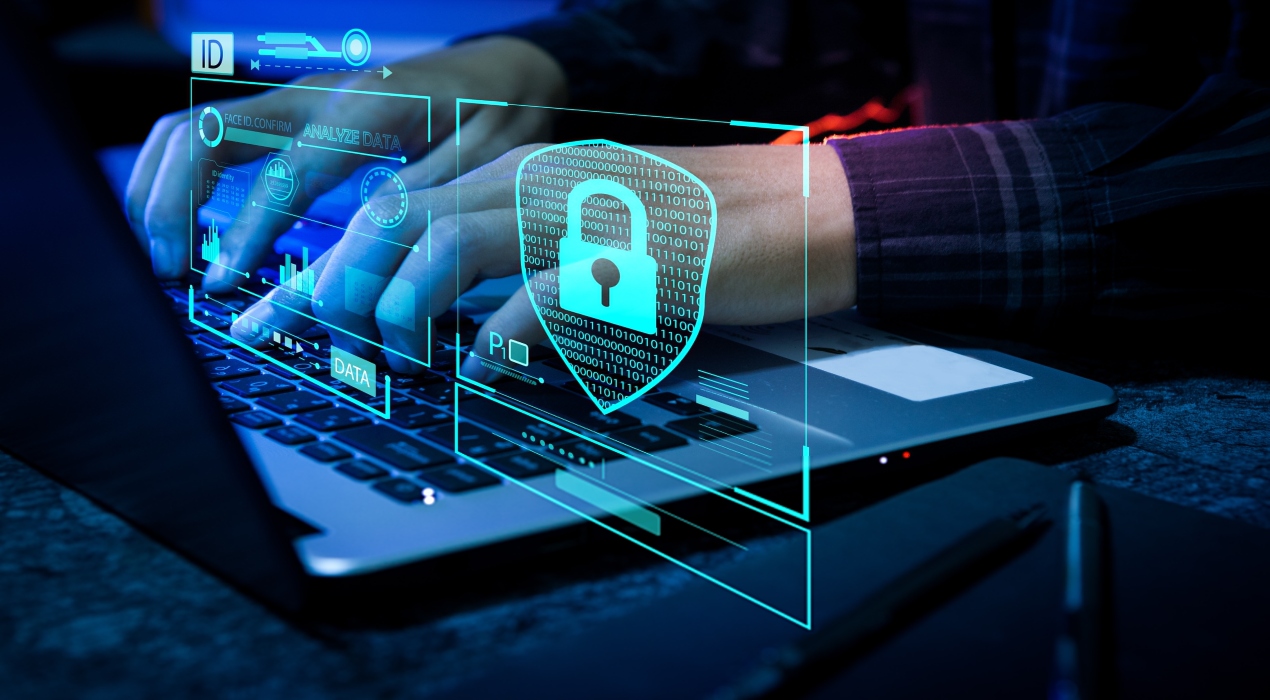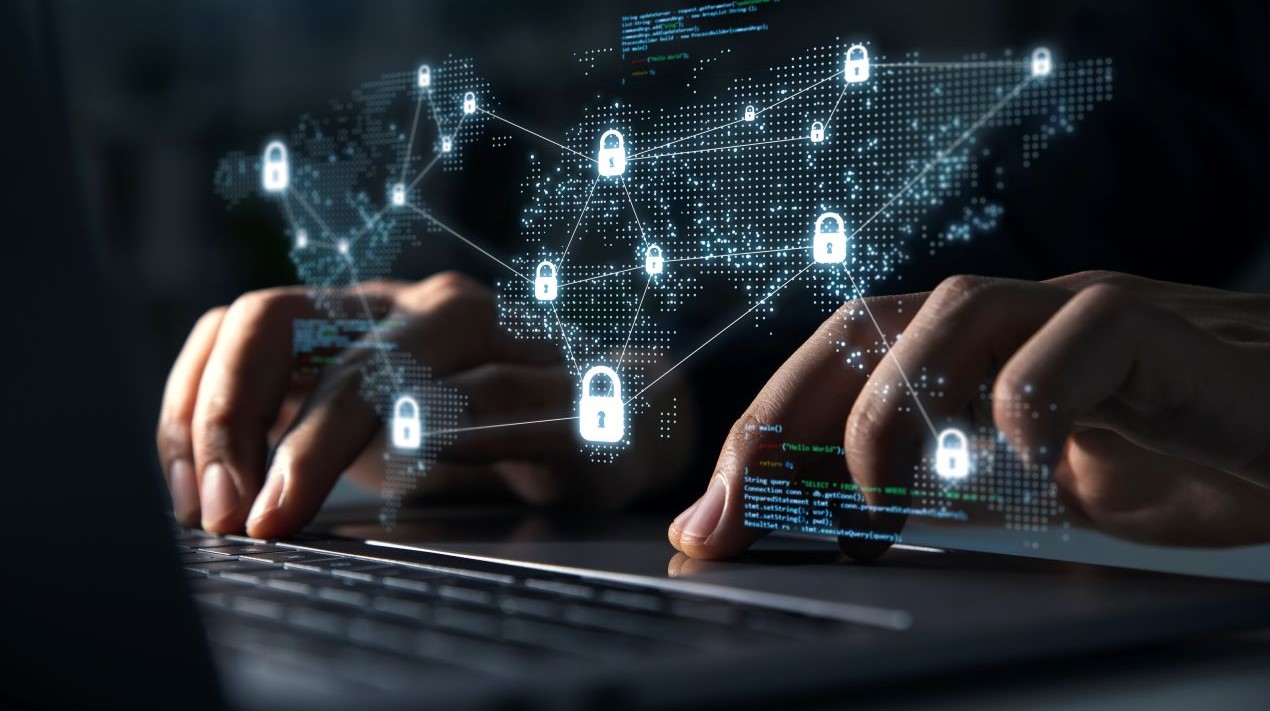
Many countries across the globe commended for their eradication or containment of the Coronavirus, now have new fears of facing a potential ‘second’ or even ‘third wave’ of the virus with new outbreaks and clusters starting to appear in different parts of their nation.
Australia
In Australia, it has seen many successful attempts to stop the spread of Coronavirus, like in Melbourne, Victoria where they had strict restrictions in place for 111 days and now has recorded no new cases of Covid-19 or deaths in 17 days. New concerns have been raised about a potential outbreak in South Australia, that numbers could rise quickly in a matter of days.
International flights into South Australia have been suspended for this week, gyms will close and there will be a cap of 100 people at pubs, clubs and restaurants as the state moves to tackle a growing cluster of Covid-19 cases for the first time since April.
The premier announced the restrictions on Monday after the state reported 17 cases of Covid-19 connected to an outbreak from a quarantine hotel for returned travellers, a similar situation to what had happened previously in
South Korea
South Korea reported more than 200 new coronavirus cases for the third consecutive day on Monday, as the government considered tightening social distancing to prevent recurring outbreaks from offices, medical facilities and small gatherings.
The Korea Disease Control and Prevention Agency announced the cases as the highest since early September.
The new cases are the most South Korea has seen in more than two months and concern health officials because they are coming from various small clusters, from workplaces to cafes to social gatherings, making them more difficult to trace.
Technology to prevent spread, mitigate risk and lessent the impact
Technology cannot prevent the onset of the pandemics; however, it can help prevent the spread, educate, warn, and empower those on the ground to be aware of the situation, and noticeably lessen the impact.
Technologies like mobile, cloud, analytics, robotics, AI and ML have made it possible to test several innovative approaches to the pandemic response.
Technology can be used to combine health data with travel data, to build a monitoring system and provide real-time alerts. For example, sending automatic alerts to individuals if they have travelled to the infected vicinity and details of their nearest clinic or test centre.
AI-based data analytics and predictive modelling are enabling governments and industry to understand more aboutthe virus. By using AI platforms, it has become easier to gain new insights or approaches on how to address the COVID-19 outbreak better.
Thermal scanners and other similar infrared body temperature measuring devices have become essential at immigration, airports, hotels, hospitals, train stations, shops, and other public places. These technologies can measure body temperature from a distance and are effective in pinpointing individuals who may need further investigation.
Outbreak Management Technology Solutions on one platform
Liberty & Passage developed by Access Anywhere, a total outbreak management system, combines cutting edge technologies all on one platform and can be used across various sectors including airports, cruise lines, immigration, and tourism boards. It also provides a useful tool for all industries to restart their business.
Liberty & Passage, using AI and ML, has been designed to help provide relevant timely information and build the confidence required to restart free movement between countries and continents, giving travellers when crossing borders and authority’s confidence when processing foreign visitors at customs.
Liberty & Passage an outbreak management solution for individuals, organisations, and the entire travel industry.
The Liberty Universe is for the entire population with Liberty Open designed for everyone to manage their personal risk, Liberty Corporate for organisations to ensure a safe return to work, and Liberty Passage for travel and the reopening of borders. Everyone gains from the vast insights the system provides to be able to go about their normal lives whilst keeping as safe as possible against this phenomenal threat.
By joining the three pillars together, ‘the whole becomes greater than the sum of the parts’ giving the general public, employees, and travellers more liberty to move with confidence and a smarter understanding of their risk exposure using cutting edge technology.
Innovation in technology is helping to manage the pandemic and better equip countries when dealing with the current public health emergency and for future public health emergencies. Outbreak management systems will be the key in building confidence, mitigating risk and enhancing safety in everyday life. For more information on how the Liberty Solution works – please visit www.libertyandpassage.com



















